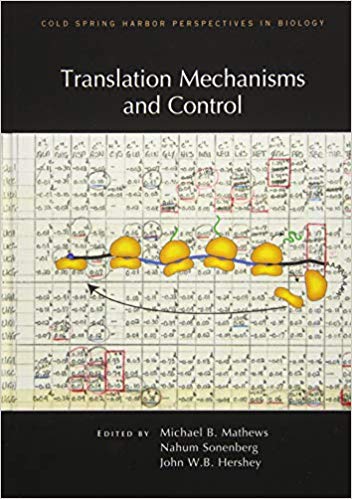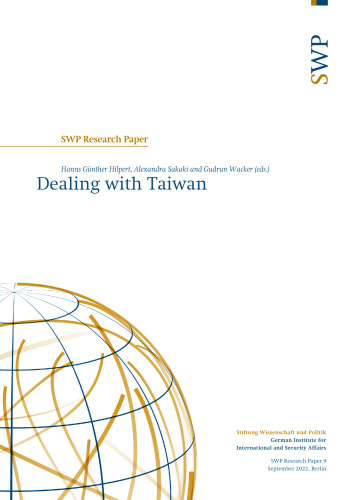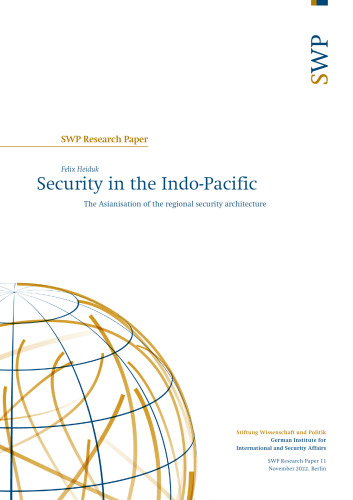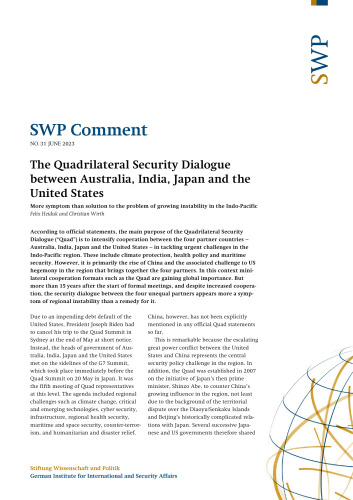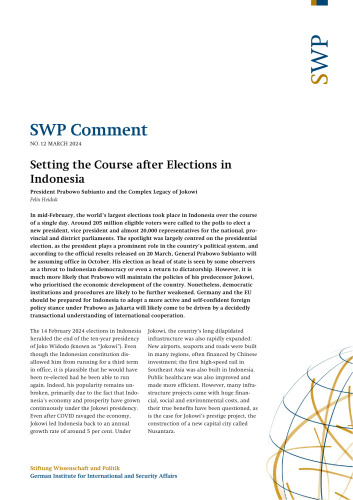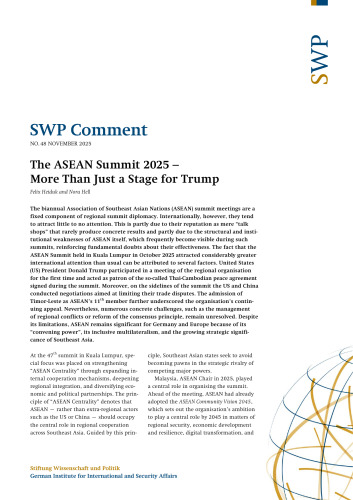Translation is the process by which cells synthesize proteins. During the process, molecular machines called ribosomes use messenger RNA molecules that relay the genetic code from DNA to direct assembly of the amino acid building blocks that make up proteins. This is all tightly controlled to ensure that the correct proteins are synthesized at the appropriate time and in the quantities needed by the cell. Aberrant translation causes significant problems for cells and contributes to cancer and various neurological disorders (e.g., autism).
Written and edited by experts in the field, this collection from Cold Spring Harbor Perspectives in Biology examines our current understanding of all aspects of protein synthesis and its control. The contributors describe recent insights into the fundamental steps in translation (initiation, elongation, termination, and ribosome recycling) based on high-resolution structures of the translational machinery. The signaling pathways and targets of translational control (e.g., initiation factors, mRNAs, and ribosomes) are discussed, as are the roles of riboswitches, processing bodies (P-bodies), stress granules, and various classes of RNAs (e.g., circular RNAs). Methods to study translation dynamics, including ribosome profiling, kinetic assays, and single-molecule and single-cell fluorescence imaging, are also covered.
In addition, the authors examine translational control during early embryo development, stem cell differentiation, and memory formation. The deregulation of translation in cancer and neurological disorders, as well as the development of small molecules that target translation for therapeutic purposes, is also discussed. This volume is therefore an essential reference not only for cell and molecular biologists but also for cancer biologists and others who investigate human diseases associated with dysregulation of translation.
چکیده فارسی
ترجمه فرآیندی است که در آن سلول ها پروتئین ها را سنتز می کنند. در طول این فرآیند، ماشینهای مولکولی به نام ریبوزومها از مولکولهای RNA پیامرسان استفاده میکنند که کد ژنتیکی را از DNA به مونتاژ مستقیم بلوکهای سازنده آمینو اسید که پروتئینها را میسازند، انتقال میدهند. همه اینها به شدت کنترل می شود تا اطمینان حاصل شود که پروتئین های صحیح در زمان مناسب و در مقادیر مورد نیاز سلول سنتز می شوند. ترجمه ناهنجار مشکلات قابل توجهی برای سلول ها ایجاد می کند و به سرطان و اختلالات عصبی مختلف (مانند اوتیسم) کمک می کند.
این مجموعه از چشماندازهای بندر سرد در زیستشناسی که توسط متخصصان این حوزه نوشته و ویرایش شده است، درک کنونی ما از تمام جنبههای سنتز پروتئین و کنترل آن را بررسی میکند. مشارکتکنندگان بینشهای اخیر را در مورد مراحل اساسی ترجمه (شروع، افزایش طول، خاتمه، و بازیافت ریبوزوم) بر اساس ساختارهای با وضوح بالا ماشینهای ترجمه توصیف میکنند. مسیرهای سیگنال دهی و اهداف کنترل ترجمه (به عنوان مثال، عوامل شروع، mRNA ها و ریبوزوم ها) و همچنین نقش سوئیچ های ریبو، اجسام پردازش (P-bodies)، گرانول های استرس، و کلاس های مختلف RNA ها (به عنوان مثال، RNA های حلقوی) مورد بحث قرار می گیرند. ). روشهای مطالعه دینامیک ترجمه، از جمله پروفایل ریبوزوم، سنجش جنبشی، و تصویربرداری فلورسانس تک مولکولی و تک سلولی نیز پوشش داده شده است.
علاوه بر این، نویسندگان کنترل انتقالی را در طول رشد اولیه جنین، تمایز سلولهای بنیادی و تشکیل حافظه بررسی میکنند. مقررات زدایی از ترجمه در سرطان و اختلالات عصبی، و همچنین توسعه مولکول های کوچکی که ترجمه را برای اهداف درمانی هدف قرار می دهند، نیز مورد بحث قرار گرفته است. بنابراین، این جلد یک مرجع ضروری نه تنها برای زیست شناسان سلولی و مولکولی، بلکه برای زیست شناسان سرطان و دیگرانی است که بیماری های انسانی مرتبط با اختلال در ترجمه را بررسی می کنند.
ادامه ...
بستن ...
Ebook details:
عنوان: Translation Mechanisms and Control (Subject Collection from Cold Spring Harbor Perspectives in Biology)
نویسنده: Michael B. Mathews, Nahum Sonenberg, John W.B. Hershey
ناشر: Cold Spring Harbor Laboratory Press (September 30, 2018)
زبان: English
شابک: 1621821862, 978-1621821861
حجم: 22 Mb
فرمت: Epub + Converted pdf
ادامه ...
بستن ...
